Himalayan Landslide Floods
At least 17 people are dead in the latest disaster in the landslide-prone region.
Over the weekend, a flash flood in northwestern Nepal killed at least 17 people, injured others, and caused an unknown amount of property damage. According to experts at the International Center for Integrated Mountain Development, a Nepal-based research organization, the flood was set in motion when a tributary of the Seti River — which had been blocked a few days earlier by a landslide — suddenly burst through the earthen plug and quickly drained the reservoir that had built up behind the blockage.
The above video shows the leading edge of the flood arriving at the downstream town of Pokhara. The Nepalese news site Republica has other videos and pictures that you can check out here.
The disaster in Nepal is just one of many in the Himalayan region, where landslides are a constant concern. High tectonic activity, intense rainfall, and steep, unstable valleys — as well as land-use decisions — all play a role. These issues have been on my radar for a few years:
- In January 2010, a landslide in Pakistan blocked the Hunza River, creating a lake that was 11 kilometers (7 miles) in length. Engineers had to dig an outlet channel to drain it.
- A landslide dam outburst flood, as was this one, is different from a glacial lake outburst flood, also known as a GLOF, which happens when the pool of water at the toe of receding glaciers grows too large and overtops its banks. You can read more about GLOFS in the Himalayan region in this article that I wrote in June 2010.
- Several organizations are trying to devise forecasting tools that, coupled with a valley-wide warning system, would let residents know when to move from harm’s way. In August, 2010, I wrote about how America’s NASA program is developing a database of landslide events so that researchers can test a landslide prediction model.
Click on the first image above to enlarge a photo taken in Nepal by photojournalist Heather Rousseau, a former Circle of Blue intern. Click the second image above for our complete Himalayas package. Click the third image to read an article about how GLOFs could affect hydropower in Chilean Patagonia by my colleague Aubrey Ann Parker, Circle of Blue’s assistant editor.
Have a flooding or landslide story that you’d like to share? Contact Brett Walton
–Brett Walton
Circle of Blue reporter
Brett writes about agriculture, energy, infrastructure, and the politics and economics of water in the United States. He also writes the Federal Water Tap, Circle of Blue’s weekly digest of U.S. government water news. He is the winner of two Society of Environmental Journalists reporting awards, one of the top honors in American environmental journalism: first place for explanatory reporting for a series on septic system pollution in the United States(2016) and third place for beat reporting in a small market (2014). He received the Sierra Club’s Distinguished Service Award in 2018. Brett lives in Seattle, where he hikes the mountains and bakes pies. Contact Brett Walton


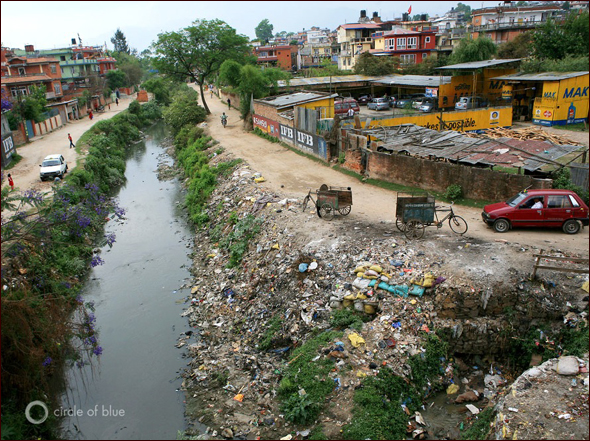
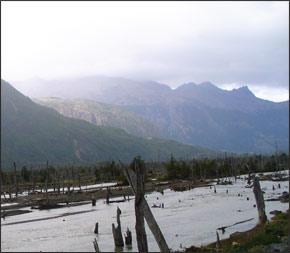


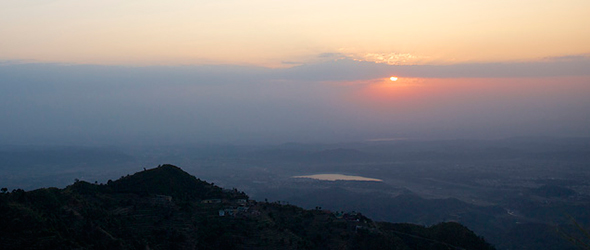

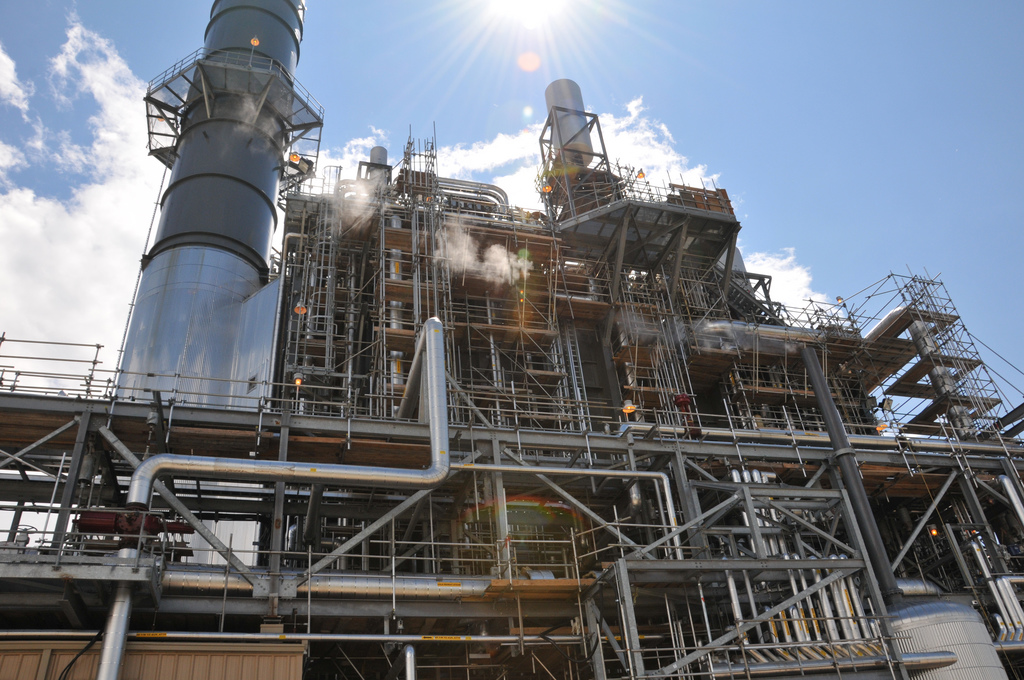
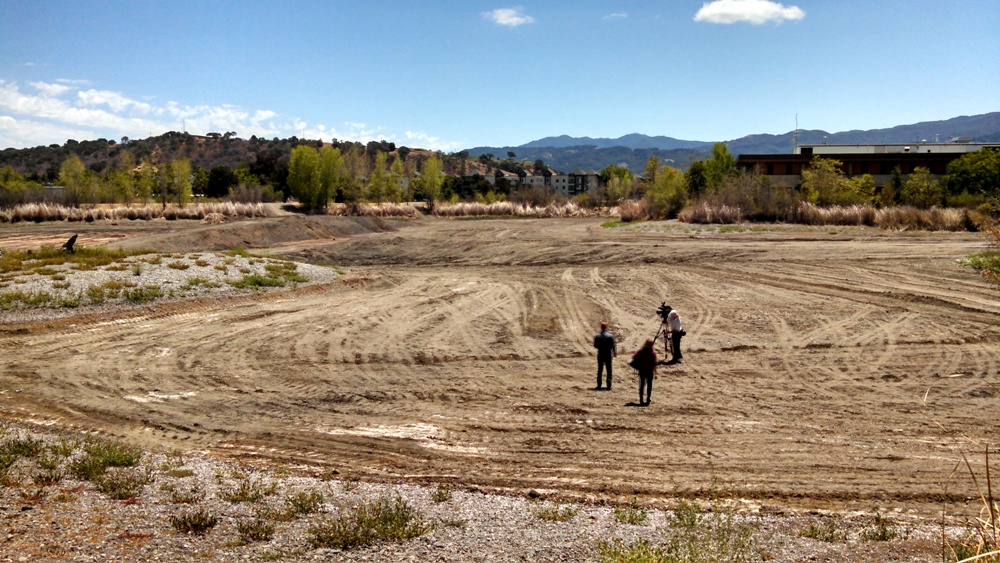



Leave a Reply
Want to join the discussion?Feel free to contribute!